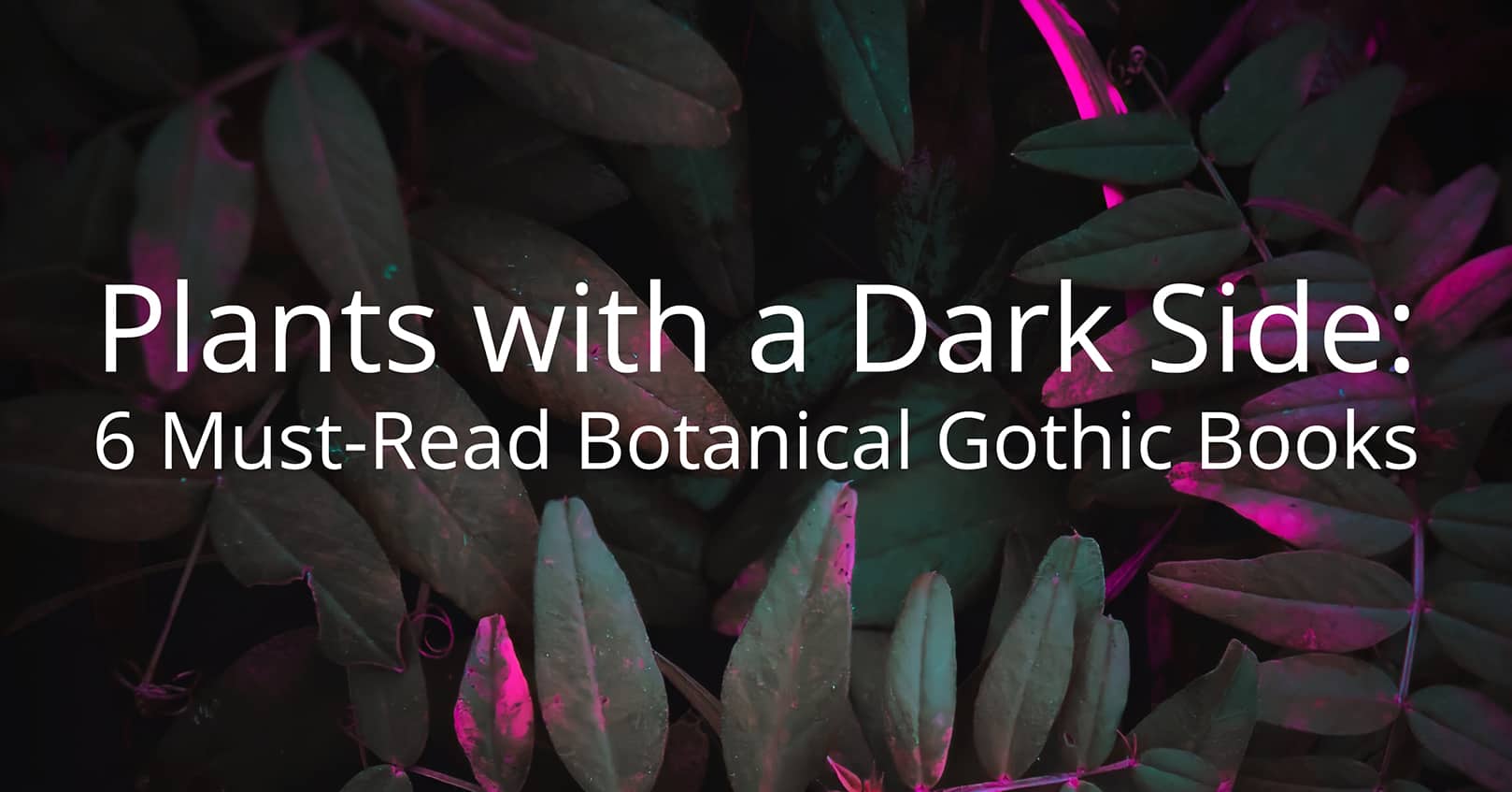
Your first thoughts about gothic fiction may not include vicious, thriving plant life. But if you’re a nature-lover, I invite you to take a closer look at the subgenre called “botanical gothic.”
Botanical gothic combines elements of horror, science fiction, and dark fantasy, using plants and flowers as a source of terror, fascination, and beauty. From classic novels to modern bestsellers, the botanical gothic genre has produced some of the most intriguing and unsettling works of fiction.
I’ve rounded up a list of six botanical gothic books as a great entry point into the genre. While by no means an exhaustive list, with these books, you’ll be ready to plant your own gothic garden in no time.
So, grab a cup of tea, a comfortable chair, and prepare to delve into the dark, twisted world of botanical gothic literature.
1. Evil Roots: Killer Tales of the Botanical Gothic by Daisy Butcher
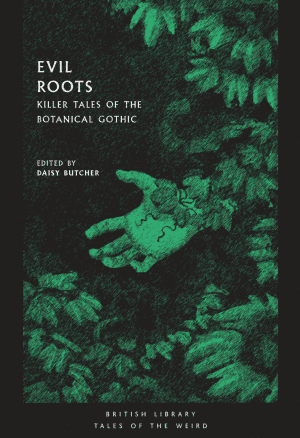
This collection is a stellar roundup of tales that capture the birth of the botanical gothic genre. Published in the span of 1844 to 1932, the 14 short fiction works in the collection are written by some of the greatest gothic writers in history. Daisy Butcher gives a fascinating and insightful introduction that will make you want to dive deeper into the collected stories and the genre itself.
2. Chlorophobia: An Eco-Horror Anthology by A.R. Ward
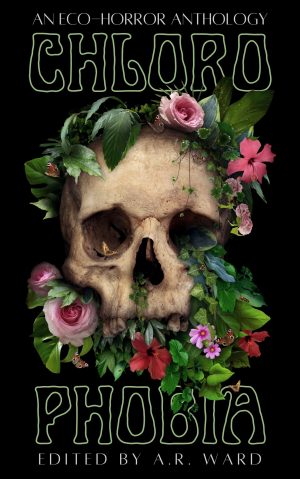
Edited by rising star A.R. Ward, this Ghost Orchid Press anthology contains 50 eco-horror tales from emerging authors. While eco-horror is more broadly defined than botanical gothic and can include animals and other ecological phenomena, you’ll find a number of stories to love in this book that are considered botanical gothic. I’m thrilled that my short story “The Devour of the Saddle Flower” is included within this spine-chilling anthology.
3. What Moves the Dead by T. Kingfisher
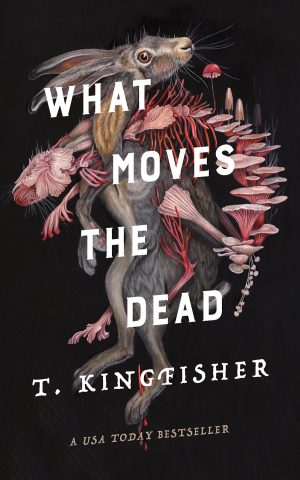
What Moves the Dead is the gripping reimagining of Edgar Allan Poe’s short story “The Fall of the House of Usher.” You may have read Poe’s story. But did you recall that Roderick Usher had a rising suspicion and belief in “the sentience of all vegetable things”? Or this particularly evocative description of the House of Usher: “Minute fungi overspread the whole exterior, hanging in a fine tangled web-work from the eaves.”
Kingfisher takes these elements from the original story and ratchets it up to ten million, with the most eerie fungi (and rabbits!) that I’ve ever read. Yes, fungi may not technically be a plant, but as Daisy Butcher mentions in her Evil Roots introduction, they largely operate in a similar thematic manner. So What Moves the Dead is not to be missed for anyone looking to read more botanical gothic works.
4. The Evil Garden by Edward Gorey
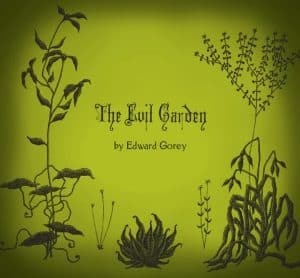
A youth-friendly addition to the list, this illustrated short horror story about a family visiting an exotic garden can be read for entertainment and a cautionary tale. The moral contained within is reminiscent of early botanical gothic fiction. Gorgeous, whimsical drawings are juxtaposed against a creepy tale to great effect.
5. The Haunting of Willow Creek: A Hopeful Horror Novel by Sara Crocoll Smith
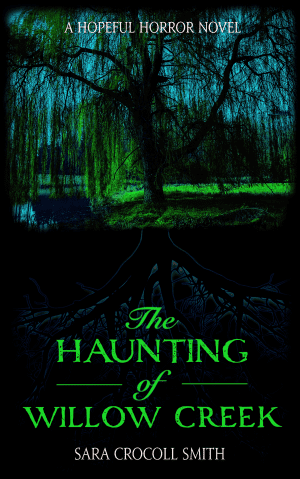
I’m undoubtedly a botanical gothic fan, so I’m compelled to include my newly released novel The Haunting of Willow Creek. The novel evokes a modern botanical gothic feel. Brimming with whispering willows, ghoulish paintings, and slithering roots, I intertwine ghosts, nature, and daylight horror along with a heavy dose of weeping willow folklore.
Gothic author Eleanor Sciolistein says: “Another gorgeous slice of eerie Southern Gothic from a talented writer whose gift for building memorable and relatable characters is matched only by her ability to send a chill up the reader’s spine. Perfect for anyone with artistic leanings, The Haunting of Willow Creek is a rewarding read for any fans of gothic literature. Highly recommended.”
6. Botanical Curses and Poisons: The Shadow-Lives of Plants by Fez Inkwright
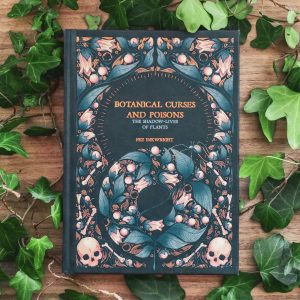
Desirable for the stunning cover and gorgeous interior illustrations alone, I wanted to include this nonfiction book about the shadow-lives of plants. Fez Inkwright gives a brief history of poisons and then includes an A-Z of the dark side of plants. It’s a handy guide that I know will be by my side for inspiration for a long time to come!
Plant Your Roots in Botanical Gothic
I hope you’ve enjoyed this brief list of botanical gothic books to get you started exploring this horrifying, yet alluring, genre. There’s something so beautiful and humbling that certainly keeps me coming back to it, and I think you’ll agree.
If you want a free taste of botanical gothic, you can get my short story “The Strangle of Ivy” by signing up for my reader’s group. It’s a tale of claustrophobic humidity, creeping ivy, and dark family secrets that won’t stay buried for long. Enjoy!




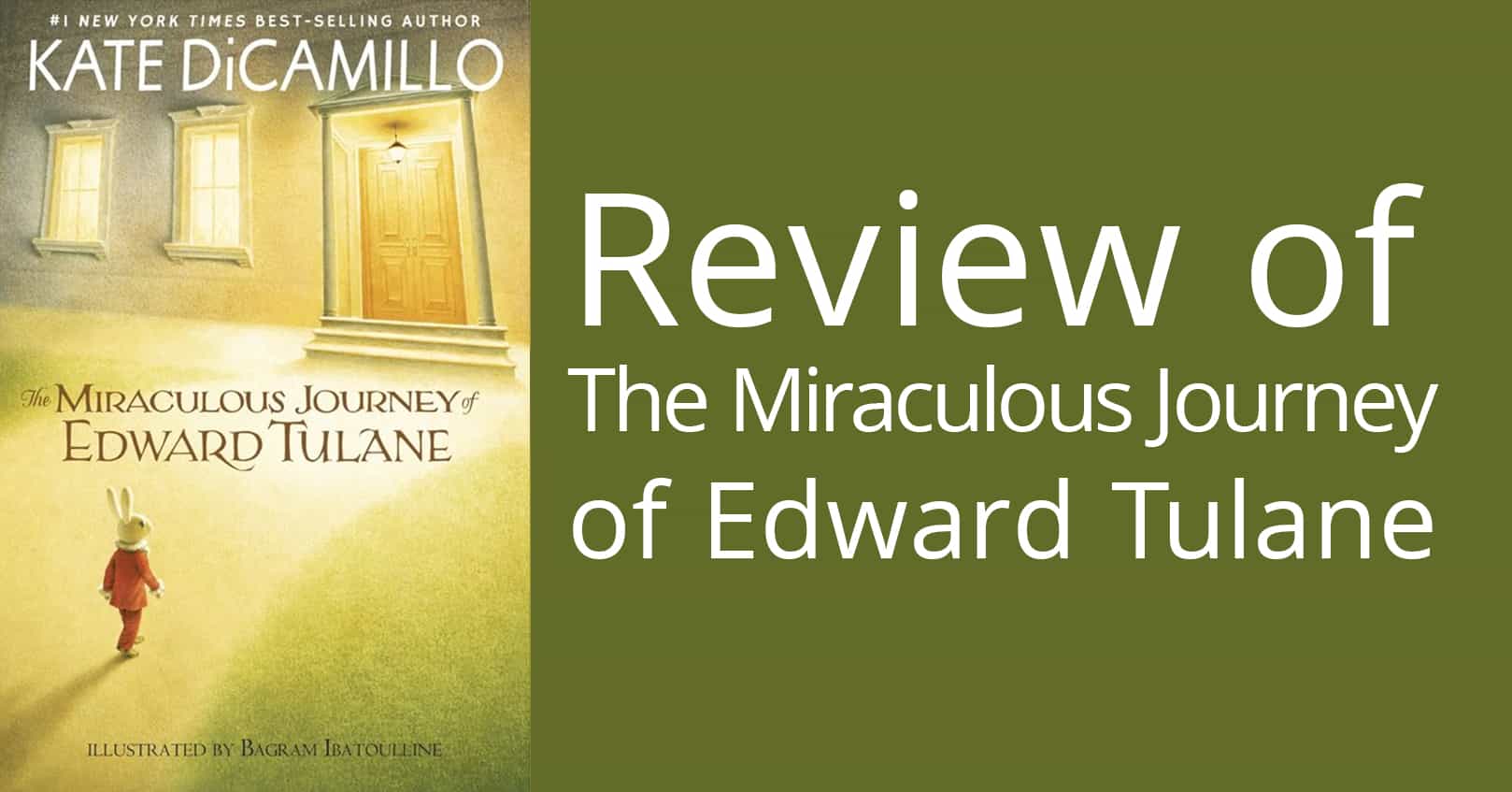
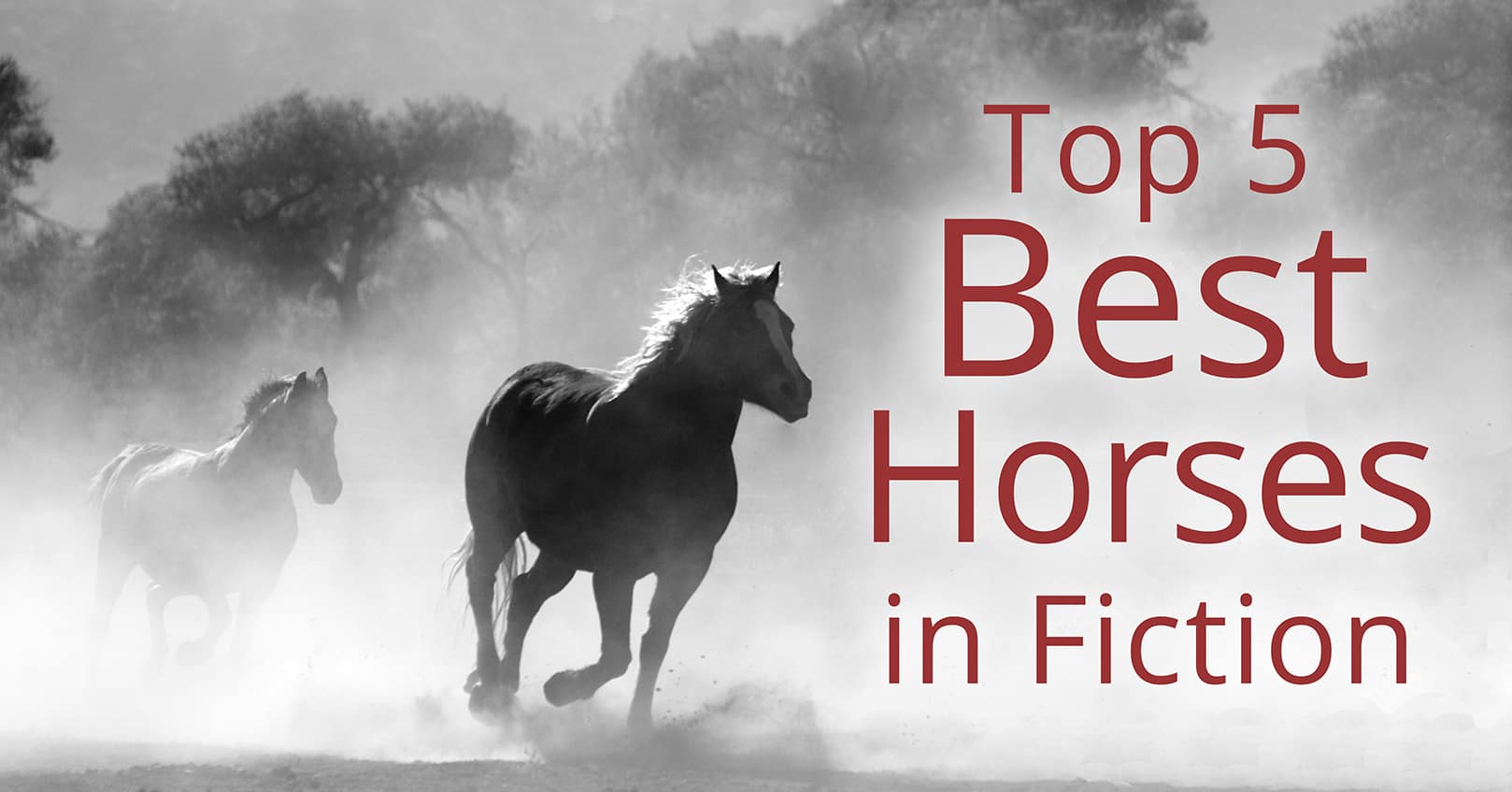











We should esteem our freedom in the very habits that we esteem our lives.